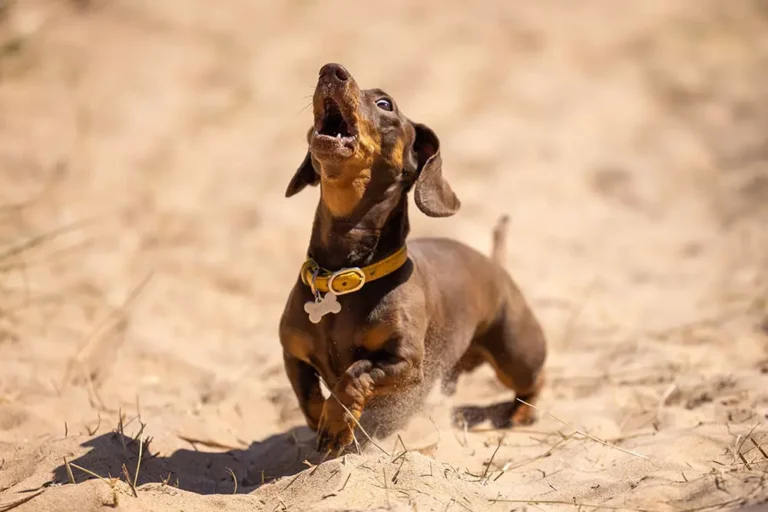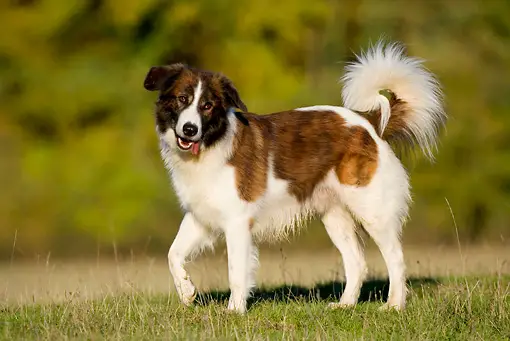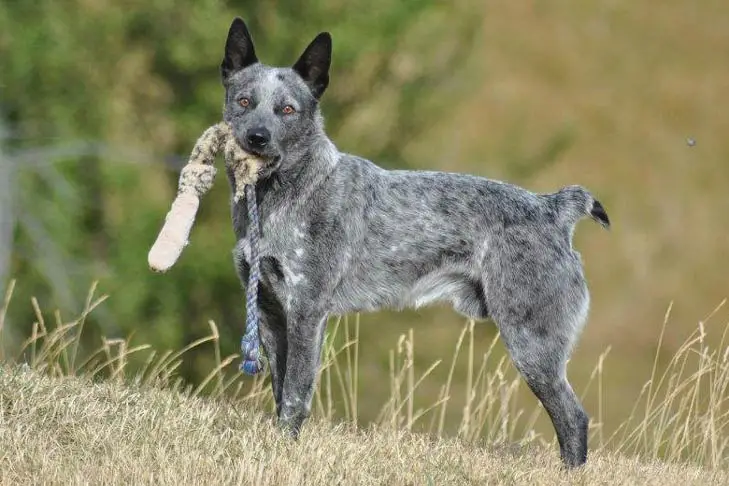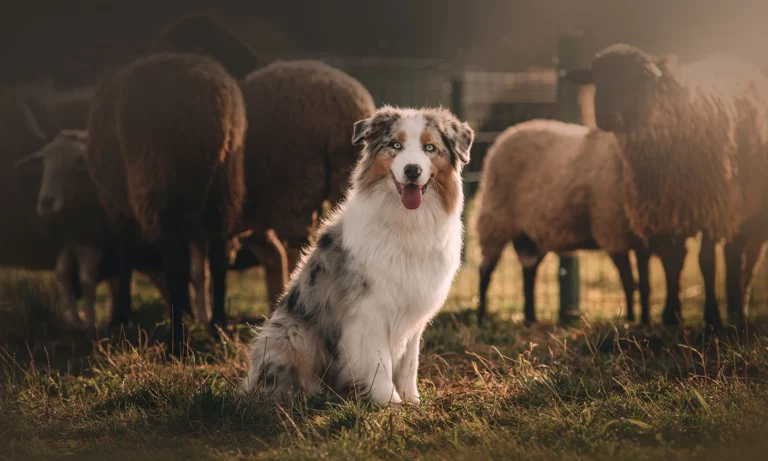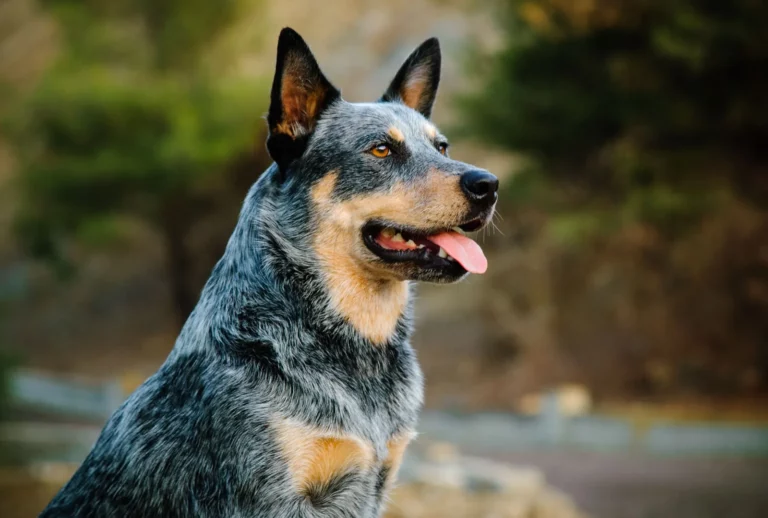Top 10 Dog Breeds with the Strongest Bite Force (With PSI Measurements)
When it comes to our canine companions, understanding their physical capabilities is just as important as knowing their temperament and personality traits. One such aspect to consider is the bite force of a dog, which can provide insight into their strength and potential power.
Bite force is a measure of the pressure exerted by a dog’s jaws when biting down, typically expressed in pounds per square inch (PSI).
In this blog post, we’ll explore the factors affecting a dog’s bite force, take a closer look at the top 10 breeds with the strongest bite force, and discuss the importance of responsible dog ownership and training. So, let’s dive into the fascinating world of canine bite force and learn more about these powerful pooches!
Key takeaways
Kangal dogs are known to have the strongest bite force among dog breeds.
Other breeds with strong bite force include the American Pit Bull Terrier, Rottweiler, and Mastiff.
Bite force in dogs is measured in pounds per square inch (PSI).
Strong bite force is often found in breeds that were historically used for guarding or hunting.
Regardless of bite force, a dog’s behavior and temperament are largely influenced by their upbringing and training.
Top 10 Dog Breeds with the Strongest Bite Force
While all dogs possess some level of bite force, certain breeds have a naturally stronger bite due to their size, jaw structure, and breed history. Here’s a list of the top 10 dog breeds with the strongest bite force, along with their bite force measurements in PSI.
1. Kangal – 743 PSI

The Kangal, a livestock guardian breed from Turkey, boasts the highest bite force among domesticated dogs. Their large head and muscular jaws, combined with their breed history as protectors of livestock, make them formidable opponents for any predator.
2. English Mastiff – 556 PSI

Known for their gentle temperament, the English Mastiff possesses a surprisingly powerful bite force. Their massive heads and strong jaw muscles contribute to this breed’s impressive bite strength.
3. Wolfdog – 406 PSI
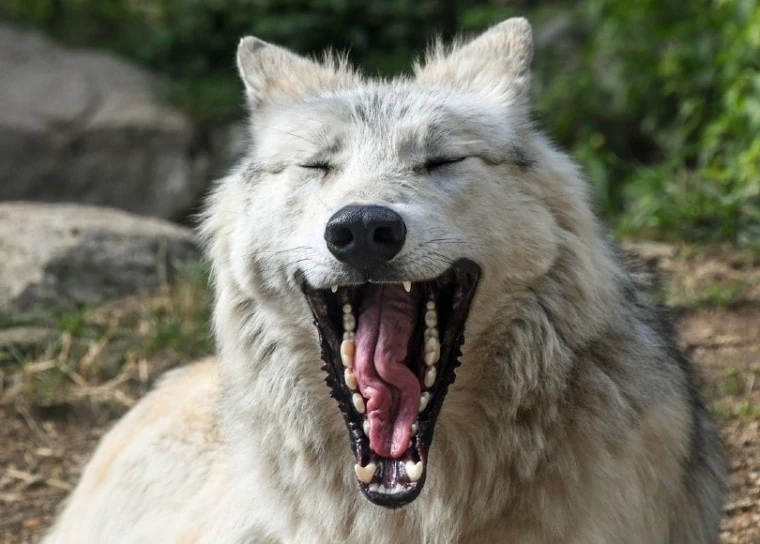
Wolfdogs, which are a hybrid of domesticated dogs and wild wolves, have a substantial bite force. Their bite strength can vary depending on their lineage and the specific dog-wolf mix, but they generally possess powerful jaws due to their wild heritage.
4. Rottweiler – 328 PSI
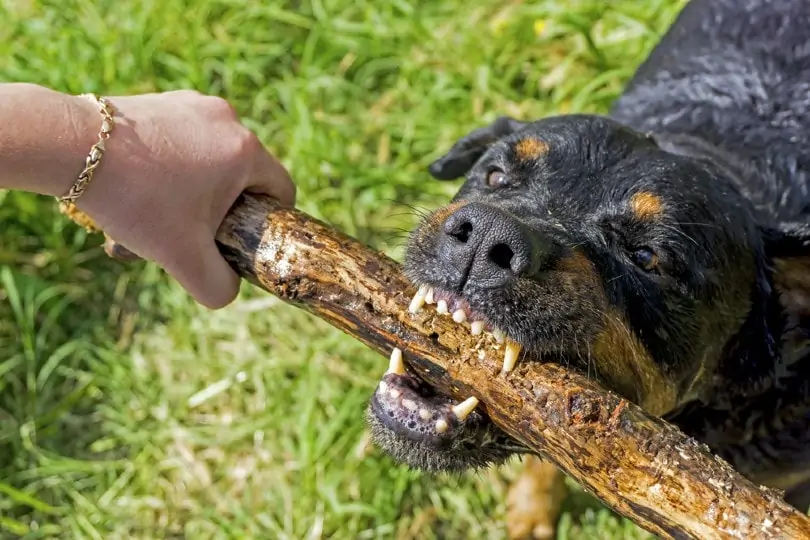
Originally bred as working dogs in Germany, Rottweilers have a bite force to be reckoned with. Their strong jaw muscles and sturdy build make them powerful protectors and working companions.
5. African Boerboel – 317 PSI
The African Boerboel is a large and muscular breed developed in South Africa for guarding homesteads and farms. Their strong jaws and impressive bite force make them effective protectors and deterrents against intruders.
6. Dogo Argentino – 305 PSI
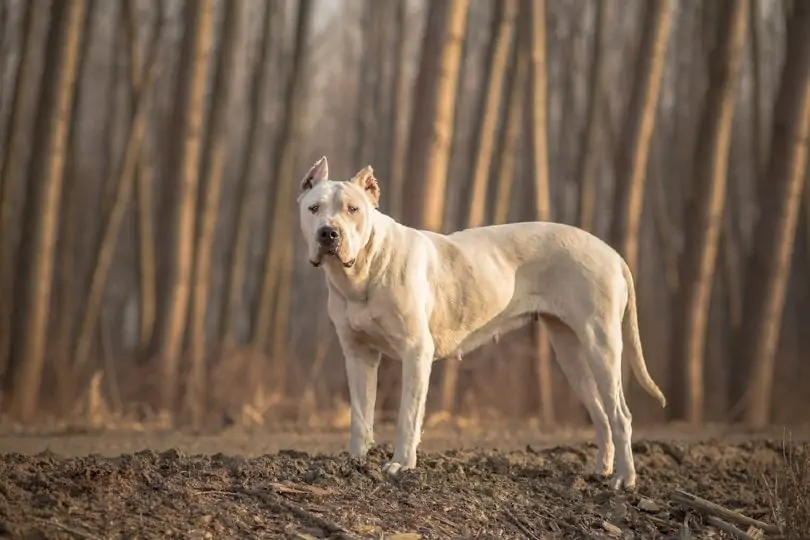
The Dogo Argentino is a powerful hunting dog originally bred in Argentina. Known for their strength and athleticism, this breed has a remarkable bite force, which was historically used for hunting large game such as boar and puma.
7. American Bulldog – 305 PSI
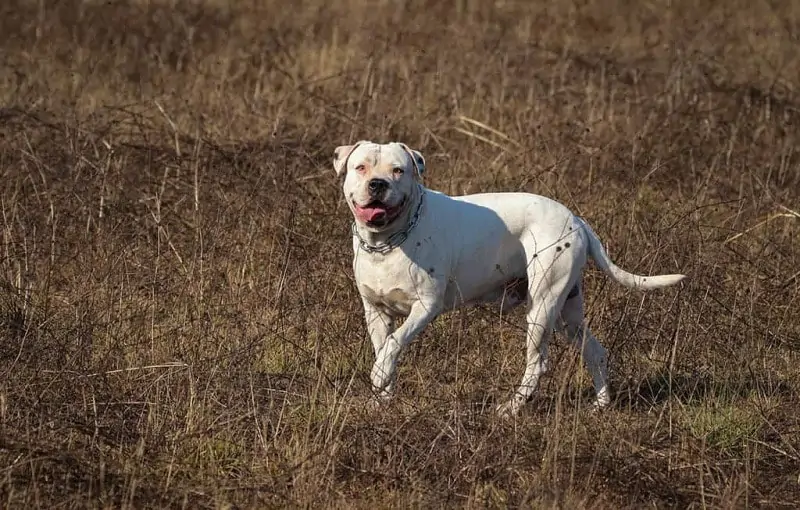
The American Bulldog is a versatile working breed known for its strength and determination. Their strong jaw muscles and broad head give them a powerful bite force, making them effective in various tasks such as guarding and protection work.
8. Tosa Inu – 239 PSI
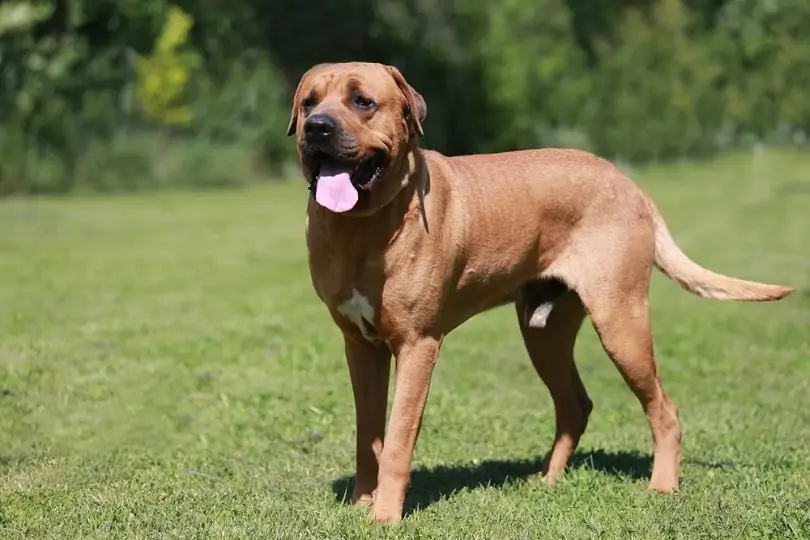
Hailing from Japan, the Tosa Inu was initially bred for dog fighting. Their solid build and muscular jaws give them a powerful bite force, making them formidable opponents.
9. Boxer – 230 PSI
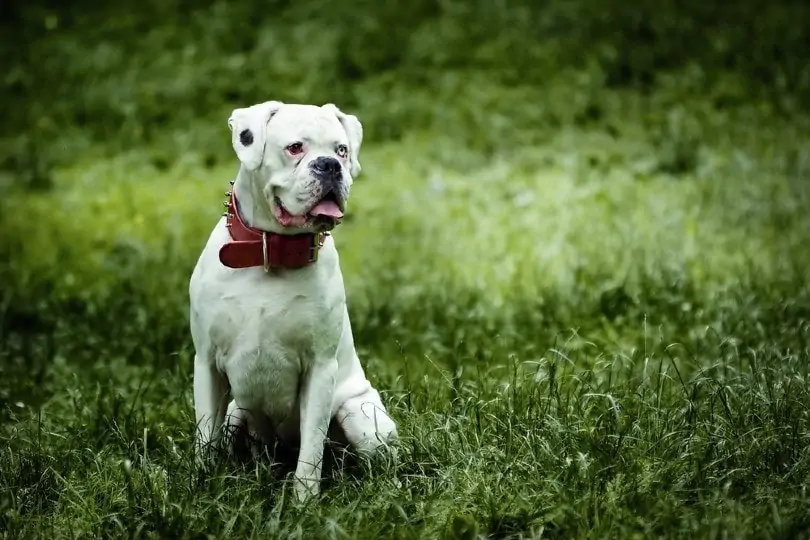
Despite their friendly and playful demeanor, Boxers possess a strong bite force. Their wide, square-shaped head and powerful jaws are responsible for their impressive bite strength.
10. Doberman Pinscher – 228 PSI
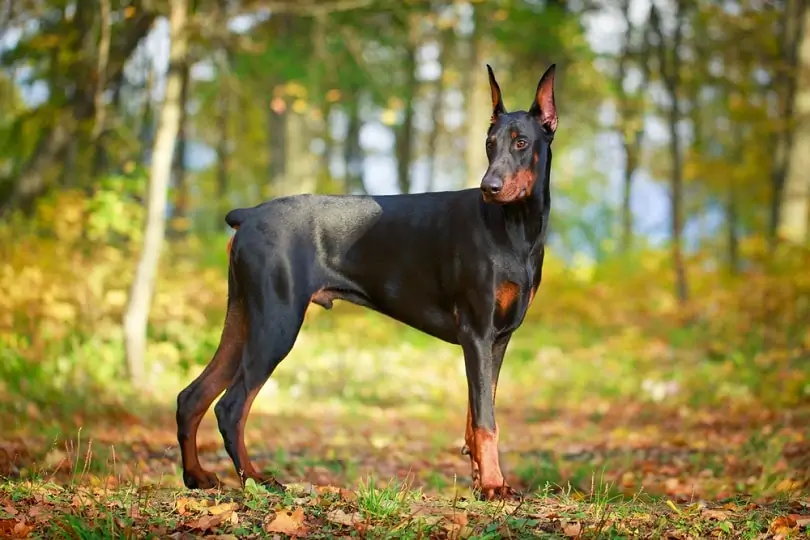
Doberman Pinschers were originally bred in Germany as guard dogs. Their athletic build and strong jaws contribute to their noteworthy bite force, which adds to their effectiveness as protectors.
Understanding Bite Force: Beyond the Numbers
Although bite force measurements can be an interesting way to compare the physical capabilities of different dog breeds, it’s important to remember that these figures don’t tell the whole story.
A dog’s temperament, training, and bite inhibition are crucial factors that can significantly influence their behavior and interactions with humans and other animals. Let’s take a closer look at these factors to gain a more comprehensive understanding of dog behavior.
Temperament and Bite Inhibition
A dog’s temperament plays a critical role in their behavior, regardless of their bite force. A breed with a strong bite force but a naturally gentle and docile temperament may be less likely to bite than a breed with a weaker bite force but a more aggressive nature.
Additionally, bite inhibition is an essential skill that dogs learn during puppyhood. This is the ability to control the force of their bite, which allows them to interact safely with humans and other dogs. Proper socialization and early training can help dogs develop good bite inhibition, making them safer companions regardless of their breed’s bite force.
The Role of Proper Training and Socialization
Training and socialization are vital for all dogs, but they become even more important for breeds with a strong bite force. Teaching basic obedience commands, such as sit, stay, and leave it, can help owners maintain control over their dogs and prevent unwanted behavior.
Socialization, or exposing a dog to various people, animals, and environments, helps them learn how to behave appropriately in different situations. A well-socialized dog with a strong bite force is less likely to bite out of fear or aggression, as they have learned to navigate various social situations confidently.
Recognizing and Addressing Aggression in Dogs
It’s important for dog owners to recognize the signs of aggression in their pets and take steps to address the issue. Growling, snarling, lunging, and snapping are all warning signs that a dog may be feeling threatened or aggressive.
If a dog with a strong bite force displays aggressive behavior, it’s crucial to seek the help of a professional trainer or behaviorist to address the issue and ensure the safety of both the dog and those around it. Responsible ownership and proactive intervention can help prevent incidents and promote harmonious relationships between dogs and their human companions.
Factors Affecting a Dog’s Bite Force
Understanding the factors that contribute to a dog’s bite force can help us appreciate the unique characteristics of each breed and gain a better understanding of their abilities. Let’s explore some of the key elements that influence the strength of a dog’s bite.
1. Size and Shape of the Dog’s Head
The size and shape of a dog’s head can have a significant impact on its bite force. Breeds with larger and broader heads tend to have a stronger bite, as their jaws have more space for powerful muscles. Additionally, breeds with a shorter snout, such as mastiffs and bulldogs, often have a stronger bite force due to the increased leverage their jaw structure provides.
2. Musculature of the Jaws
The muscles in a dog’s jaws are another crucial factor in determining bite force. The masseter and temporalis muscles, which are responsible for closing the jaw, play a significant role in generating power during a bite. Dogs with well-developed jaw muscles can exert more force, which translates to a stronger bite.
3. The Breed’s History and Purpose
A dog breed’s history and original purpose can also affect its bite force. Breeds that were historically used for hunting, guarding, or protection often have a more powerful bite, as it was an essential trait for their intended roles.
For example, the Kangal, known for its impressive bite force of 743 PSI, was originally bred in Turkey to protect livestock from predators such as wolves and bears. Understanding a breed’s background can help us appreciate the purpose behind their physical abilities, including their bite force.
Tips for Safely Interacting with Powerful Dog Breeds
While powerful dog breeds with strong bite force might seem intimidating, it’s important to remember that each dog is an individual, and proper training and socialization can greatly influence their behavior. Regardless of a dog’s bite force, following these tips can help ensure safe interactions with both familiar and unfamiliar dogs:
Approaching an Unfamiliar Dog
When approaching an unfamiliar dog, always ask the owner’s permission first. If granted, approach the dog slowly and calmly, allowing them to sniff your hand before attempting to pet them. Avoid direct eye contact, as this can be perceived as a threat by some dogs. Instead, focus on the dog’s body language and behavior to gauge their comfort level.
Reading Dog Body Language
Learning to interpret dog body language can help you determine if a dog is comfortable, anxious, or displaying signs of aggression. A relaxed dog will have a loose and wagging tail, open mouth, and soft eyes. A fearful or anxious dog may have a tucked tail, flattened ears, and show avoidance behaviors like turning their head away or backing up. An aggressive dog may have a stiff posture, raised hackles, bared teeth, and may growl or snarl. Recognizing these cues can help you respond appropriately and avoid escalating a situation.
Teaching Children Dog Safety
Educating children about dog safety is essential, especially when interacting with powerful dog breeds. Teach children to always ask for permission before approaching a dog, how to approach and pet dogs gently, and to recognize when a dog is showing signs of stress or aggression. Encourage them to respect a dog’s boundaries and never to disturb a dog that is eating, sleeping, or caring for puppies.
By following these guidelines, you can promote safe and positive interactions with dogs of all breeds, including those with a strong bite force. Remember that responsible ownership, proper training, and socialization are crucial in ensuring the safety and well-being of both dogs and the people around them.
Frequently Asked Questions
Does a stronger bite force make a dog more dangerous?
Not necessarily. A dog’s temperament, socialization, and training play a more significant role in their behavior. It’s essential to be aware of a dog’s bite force, but it should not be the sole factor in determining a dog’s potential danger.
Are all large dogs more likely to have a strong bite force?
While size can be a factor in determining bite force, it is not the only one. Breed characteristics, head shape, and jaw muscles also contribute to a dog’s bite force.
Can training and socialization affect a dog’s bite force?
Training and socialization do not directly impact a dog’s bite force. However, they can help prevent situations where a dog feels the need to use its bite force defensively or aggressively.
How can I protect myself and my family from dog bites?
Education is key. Learn how to safely approach and interact with dogs and teach children the same. Additionally, proper training, socialization, and supervision of your own dog can help prevent dog bites.
Is it legal to own breeds with high bite force in all regions?
Some regions may have breed-specific legislation in place, limiting ownership of certain breeds. It is essential to research and follow local laws and regulations when owning any dog breed.
Final Thoughts
Understanding the bite force of various dog breeds provides fascinating insight into their physical capabilities and the influence of their breed history. However, it’s important to remember that bite force is just one aspect of a dog’s behavior and should not be the sole factor in determining a breed’s potential danger.
A dog’s temperament, training, and socialization play a significant role in their overall behavior and interactions with others.
As responsible dog owners, it’s crucial to ensure that our canine companions are properly trained and socialized, regardless of their breed or bite force.
Additionally, learning how to safely interact with dogs, recognizing their body language, and teaching children about dog safety can help prevent unwanted incidents and promote positive relationships between dogs and humans.
By approaching the topic of bite force with a broader perspective, we can better appreciate the unique characteristics of each breed and foster harmonious connections between dogs and their human families.
Additional Resources

